Photos: Ancient Cat Remains Tell the Tale of Kitty Domestication
Wild to tame cats
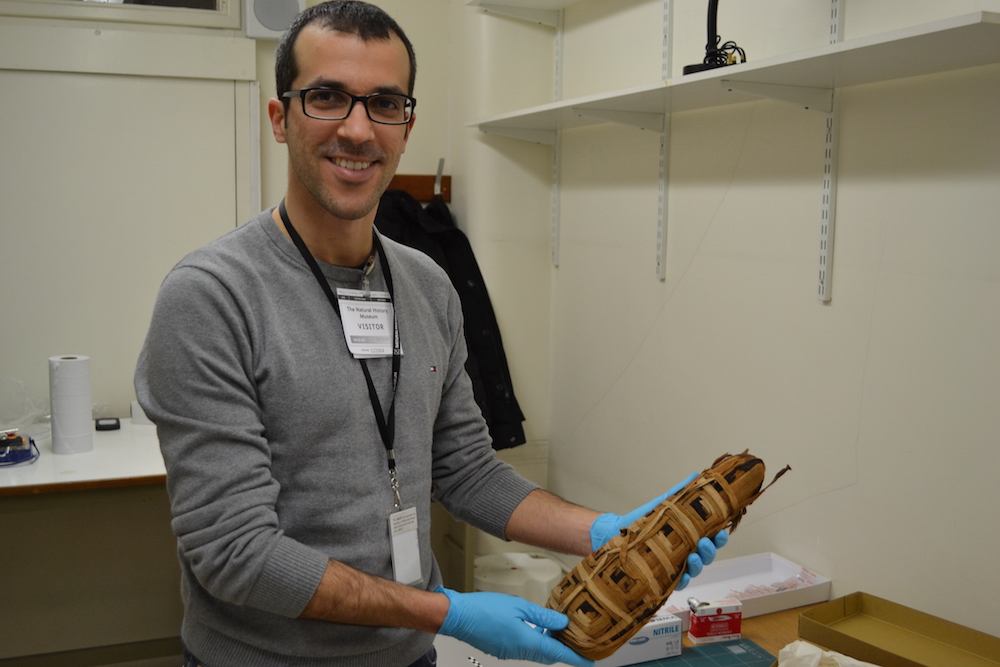
Neolithic farmers in Anatolia (modern-day Turkey) domesticated cats about 10,000 years ago to keep vermin at bay. Cats were so useful, farmers took them to Europe as far back as 4400 B.C., and the cats quickly spread as sailors and other rodent haters took them around the ancient world.
However, it wasn't until the Middle Ages that a recessive gene mutation linked with tabby cat markings appeared. This mutation showed up first in the Near East and then spread throughout Europe and Africa. In addition, it wasn't until the 19th century that humans began breeding cats to have fancy fur coat patterns. This indicates that early cat domestication focused on behavioral traits rather than aesthetic ones, the researchers said.
"This suggests that for a very long time, cats have not been subject to strong selection through breeding," said study co-senior researcher Eva-Maria Geigl, a research director at the French National Center for Scientific Research. "The present-day breeds, in particular the fancy breeds, are mostly a modern 'invention' from the 19th century." [Read the Full Story on Cat Domestication]
Archaeological evidence

The earliest evidence of cat domestication is from Anatolia, but the ancient Egyptians also domesticated cats. It's unclear if Anatolia cats and the Egyptian cats are from the same, or different, lineages.
Here, study co-author Wim Van Neer, a professor of bioarchaeology at the Royal Belgian Institute of Natural Sciences, digs up 6,000-year-old cat remains in Hierakonpolis, Egypt. However, the researchers did not include any cats from Hierakonpolis in the analysis.
Egyptian murals
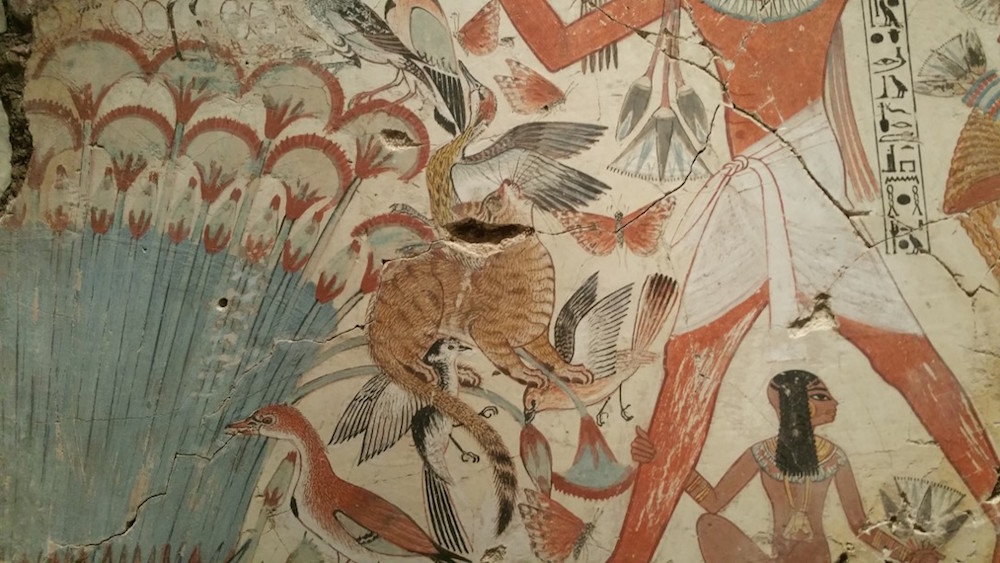
The Egyptian tomb-chapel of Nebamun, dating to about 1250 B.C., is on display at the British Museum. Notice the cat's stripes, which are reminiscent of a wildcat's markings.
Cat close-up
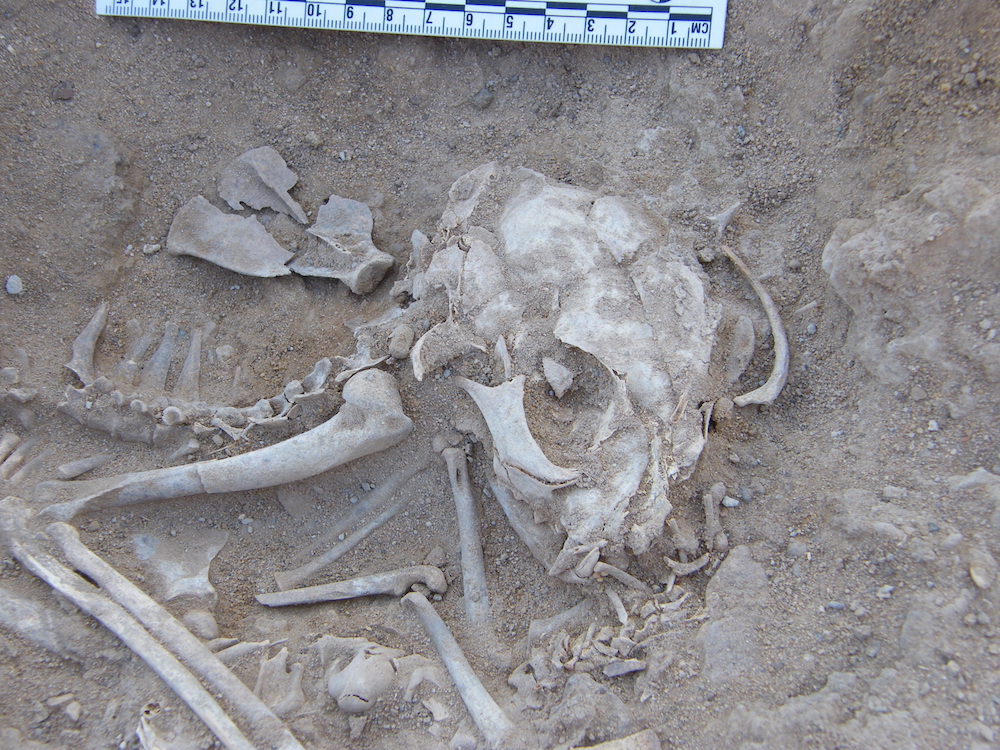
One of the 6,000-year-old cat remains uncovered in Hierakonpolis, Egypt. As noted, the researchers did not include any cats from Hierakonpolis in the study. Rather, these cats informed another study that Live Science covered on cat domestication.
Kitty DNA
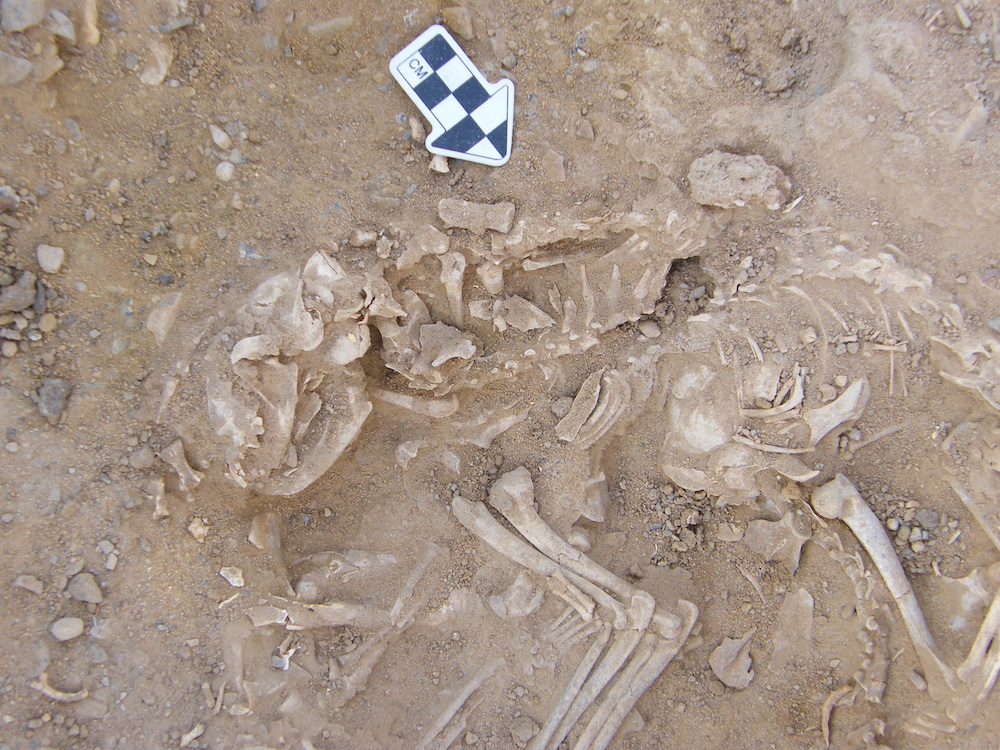
To study the domestic cat's origins, the researchers extracted ancient DNA from feline bones. These 6,000-year-old cat specimens from Hierakonpolis, Egypt, were not used in the analysis, but the kitty bone and teeth specimens that were included underwent a rigorous analysis.
"Starting from archeological bones and teeth, we powdered a little part of them in a machine that is cooled with liquid nitrogen, extracted DNA from this powder with chemicals, purified the DNA and analyzed it," Geigl told Live Science in an email.
Feline jawbone
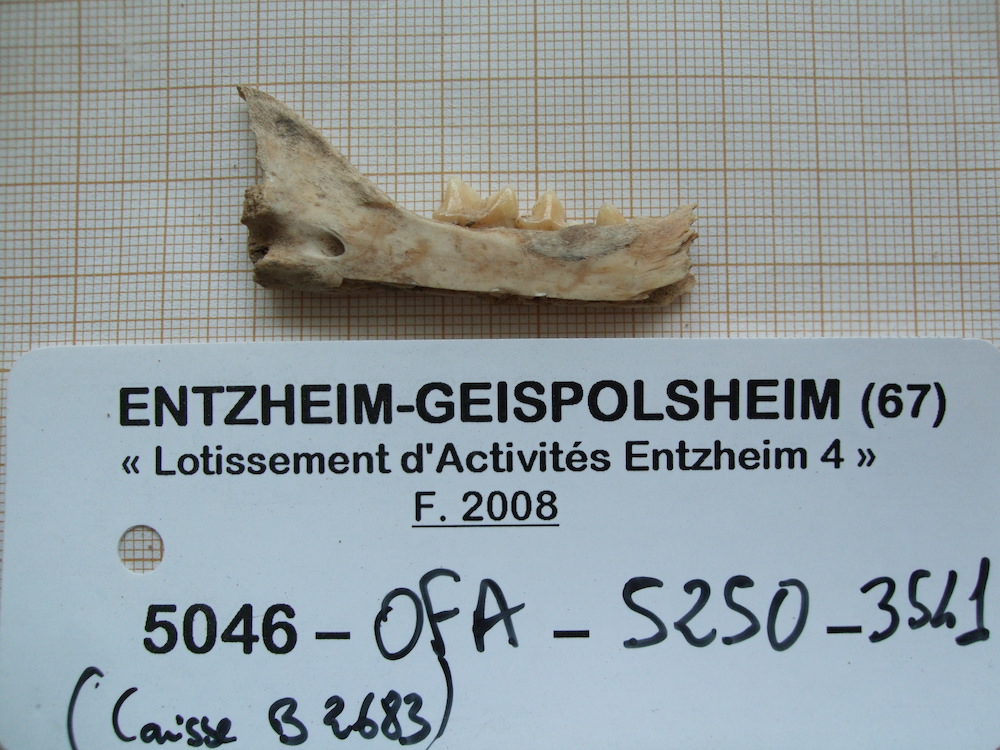
A roughly 2,300-year-old cat mandible from the French Iron Age archeological site of Entzheim-Geispolsheim.
Cat mummies
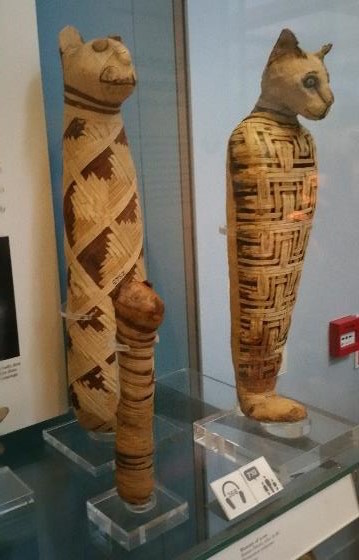
Egyptian cat mummies housed at the British Museum.
Sign up for the Live Science daily newsletter now
Get the world’s most fascinating discoveries delivered straight to your inbox.
Mummy's mysteries

Study lead researcher Claudio Ottoni, a paleogeneticist Leuven University in Belgium, examines a cat mummy at the National History Museum in London.
The researchers were unable to analyze the DNA of this particular mummy because wrapped mummies cannot be sampled. Rather, they got samples from deteriorated mummies.
[Read the Full Story on Cat Domestication]

Laura is the archaeology and Life's Little Mysteries editor at Live Science. She also reports on general science, including paleontology. Her work has appeared in The New York Times, Scholastic, Popular Science and Spectrum, a site on autism research. She has won multiple awards from the Society of Professional Journalists and the Washington Newspaper Publishers Association for her reporting at a weekly newspaper near Seattle. Laura holds a bachelor's degree in English literature and psychology from Washington University in St. Louis and a master's degree in science writing from NYU.










